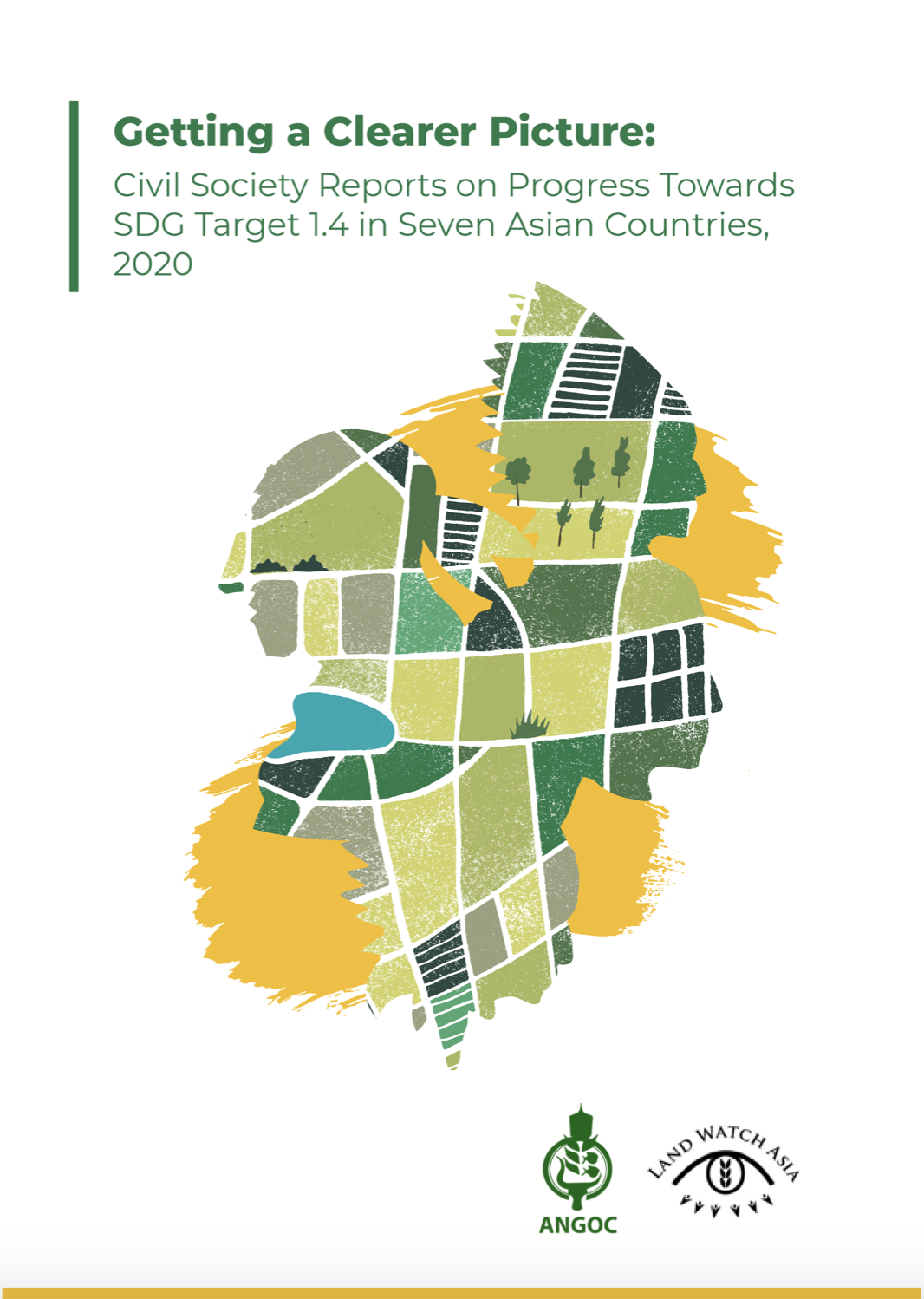The Transforming Agrifood Systems in South Asia (TAFSSA) district agrifood systems assessment aims to provide a reliable, accessible, and integrated evidence base that links farm production, market access, dietary patterns, climate risk responses, and natural resource management with gender as a…
Over the past centuries, the mid-hills of Nepal have been inhabited and cultivated by nomads, settlers and in the recent decades intensified farming systems. The system is constantly under systemic change due to farmers own actions and policies within the confines of biophysical resource…
Nepal’s agriculture sector is facing various challenges including, amongst others, inadequate infrastructures, investment, labor shortage, climate-induced changes, and weak agriculture governance mechanisms. With the increase in migration trends among males, the ‘left behinds’ in the mid-…
The Alternative Energy Promotion Centre (AEPC) offers subsidies for off-grid Solar Irrigation Pumps (SIPs) to promote sustainable irrigation practices. The utilization of these off-grid SIPs is low due to irrigation demand patterns. The potential for gridconnected solar irrigation is increasing…
This info brief provides an executive overview of the research methods and key finding of a series of information briefs. The briefs were developed to assess the role of Heifer Nepal programming in supporting the adoption of Climate-Smart Agriculture (CSA) practices amongst Heifer supported goat…
Purpose: This study examines the adoption drivers of scale-appropriate mechanization in Nepal's maize-based farming systems. The authors also assess the contribution of scale-appropriate mechanization to the United Nations (UN) Sustainable Development Goals (SDGs) of zero hunger (SDG2) and…
Farmers commonly split large, undulating crop fields, even those at similar elevation range or contour, into a patchwork of small sub-plots in plane areas of Nepal. Specifically, to ensure irrigation or rainwater throughout their cultivated rice or wheat growing areas, structures like bunds,…
Nepal’s agrifood system remained economically stable during March of 2023. The year-on-year inflation in food and beverage prices has cooled down to 5.6% compared to 7.5% in Feb/March 2022. Field reports however suggest that this downward movement in prices have not yet translated to…
Data from May indicates a persistent trend of modest price increases in Nepal. Year-on-year inflation for food and beverage prices was recorded at 5.5 percent, which, though lower compared to 6.9 percent in the previous month and significantly less than in April and May 2022, still denotes an…
This report is based on 10 research projects carried out in 18 sites in seven countries: Cambodia, Indonesia, Lao PDR, Myanmar, Nepal, Thailand and Viet Nam. The studies formed the basis of ten informational briefs from the research sites published together with the report (available here: <a…
As forest tenure reform is mainstreamed around the world, outcomes are increasingly determined by the institutions that are responsible for administering its operationalisation and translating policy into implementation. This global study examines state institutional contexts of tenure reform in…
Target 1.4 of the UN Sustainable Development Goals (SDGs) seeks to ensure that “all men and women, particularly the poor and vulnerable, have equal rights … to ownership and control over land and other forms of property.”
This target’s inclusion under SDG Goal 1, on “ending poverty in all…





